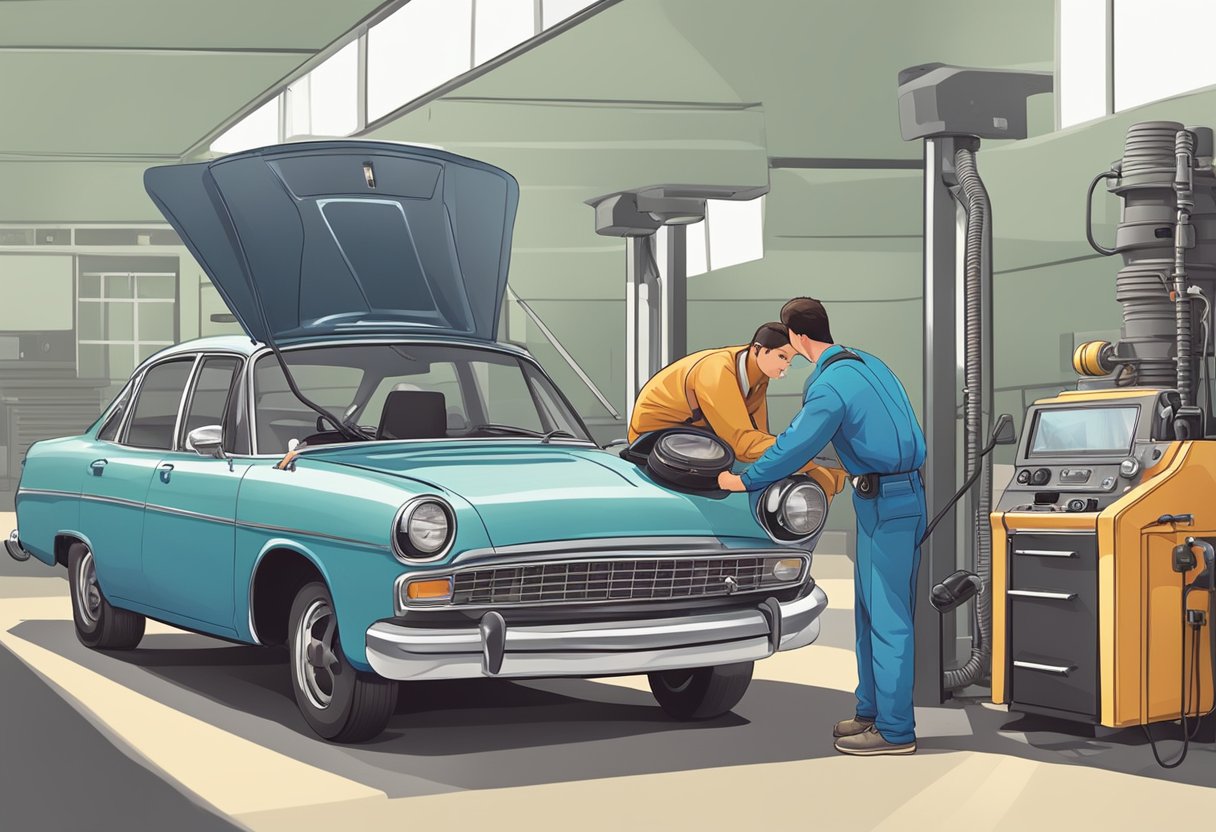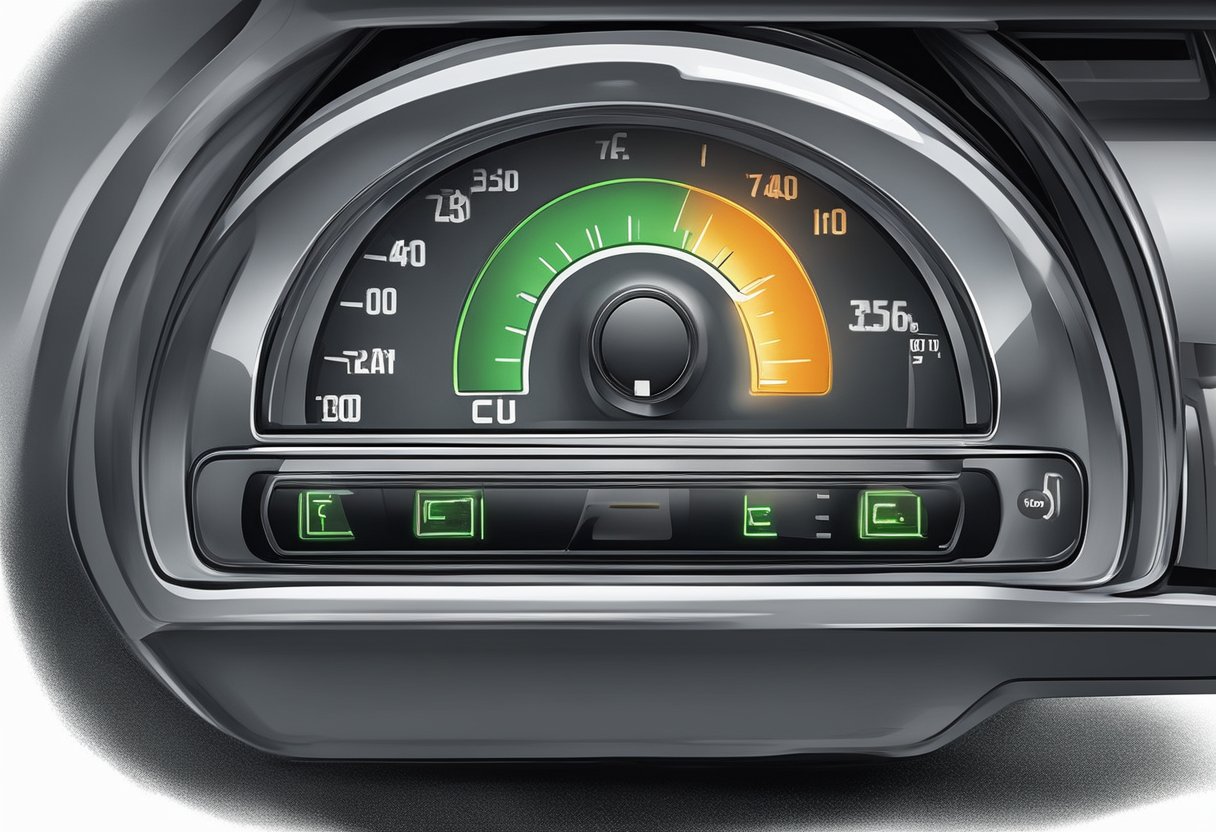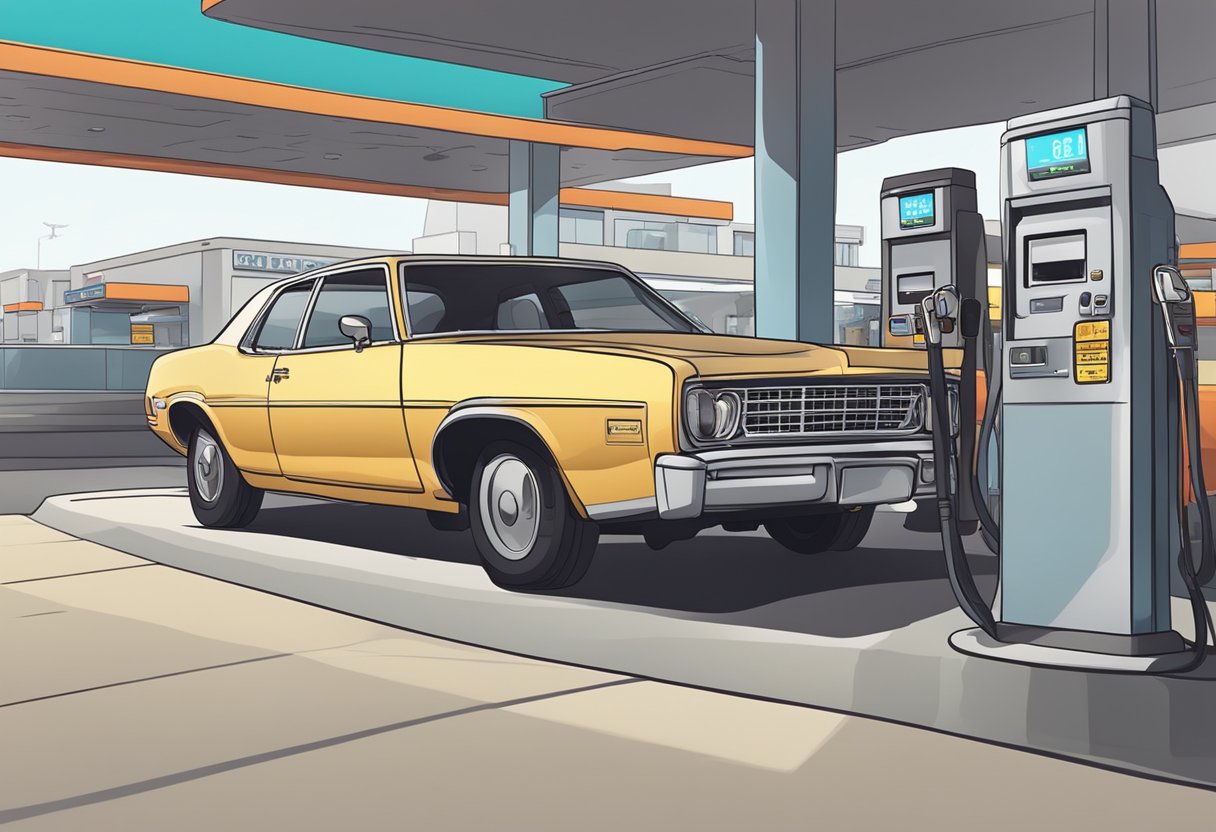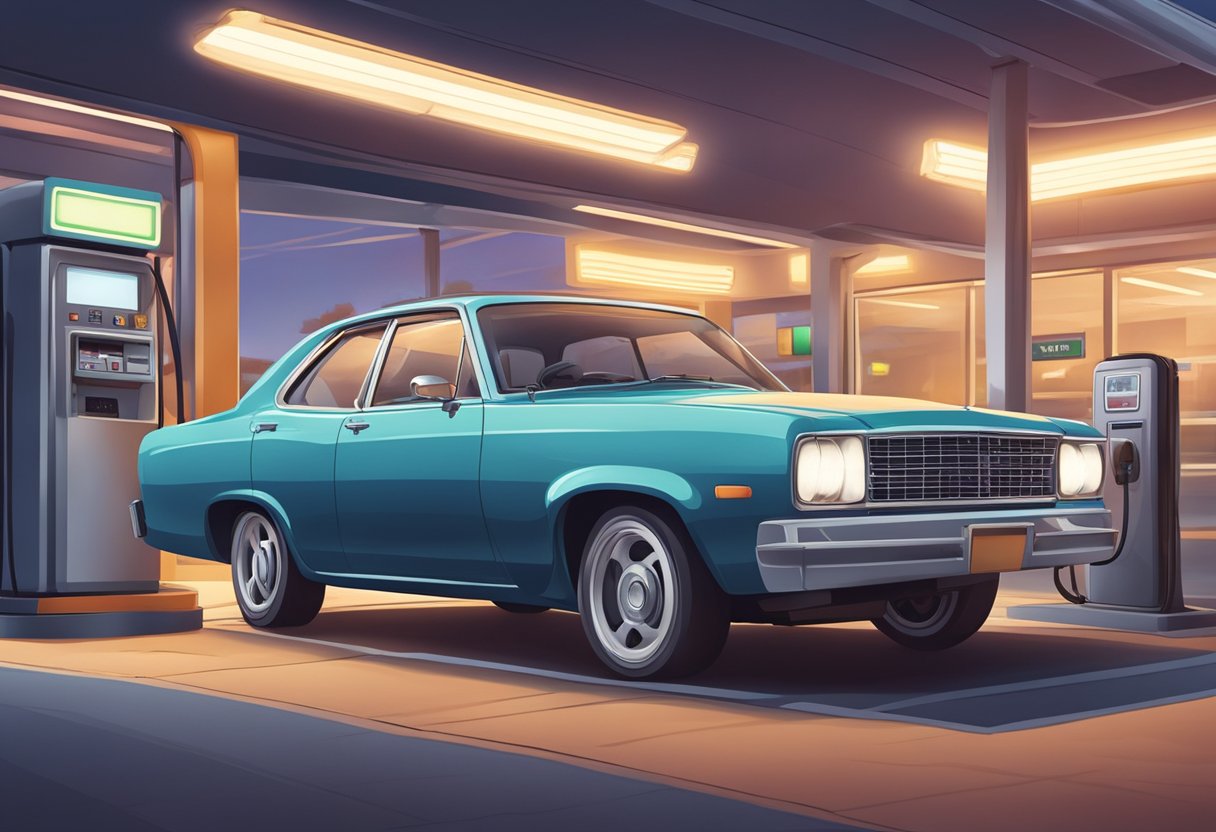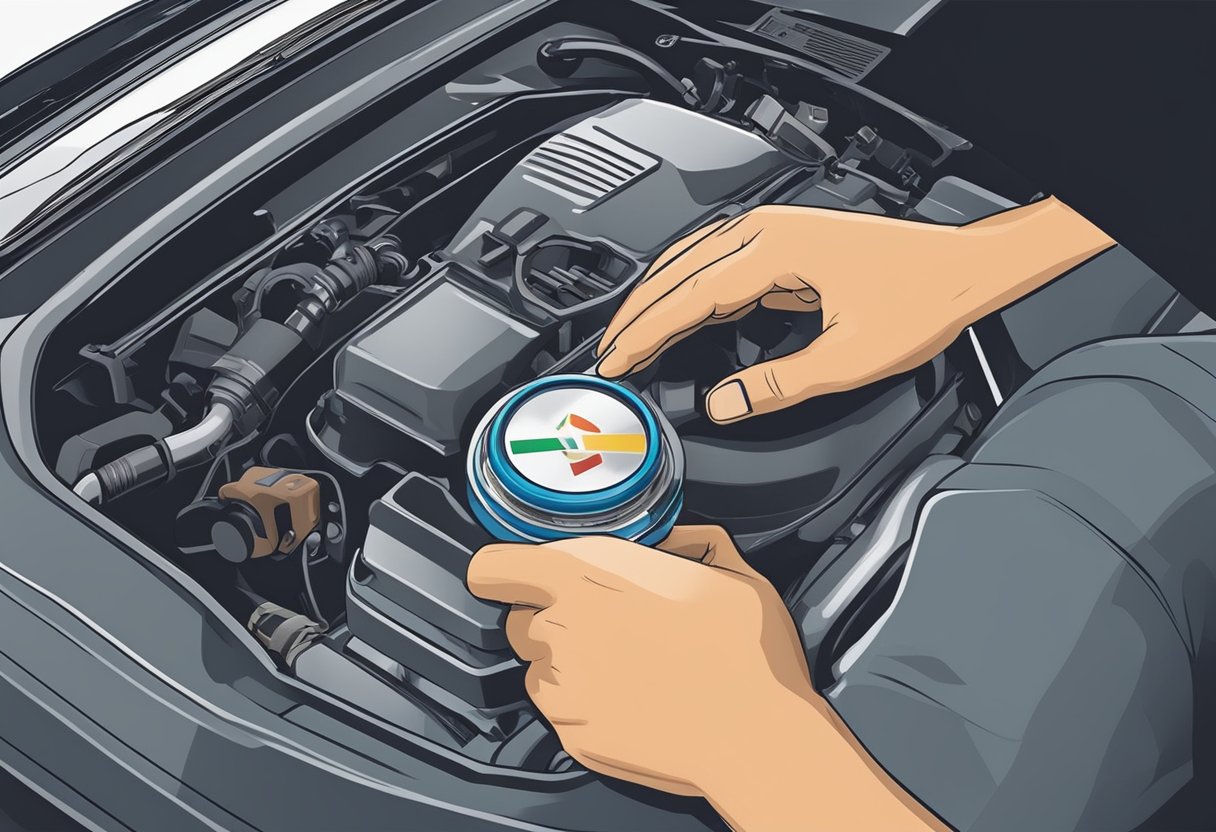If you’ve ever had your check engine light turn on, you know how stressful it can be.
You might be wondering if it’s a serious problem or just a minor issue.
One common cause of the check engine light turning on is a loose gas cap.
In this article, we’ll explore whether or not a loose gas cap can cause the check engine light to turn on and what you should do if it does.
First, let’s talk about how the check engine light works.
It’s a warning light that’s part of your car’s onboard diagnostic (OBD) system.
When the OBD system detects a problem with your car, it triggers the check engine light to turn on.
There are many different reasons why the check engine light might turn on, ranging from minor issues like a loose gas cap to more serious problems like a malfunctioning sensor.
Understanding the Check Engine Light
When you start your car, the Check Engine Light (CEL) may come on and stay on for a few seconds.
This is a normal part of the self-diagnostic process that your car’s onboard computer performs.
However, if the CEL remains on after the initial startup, it may indicate a problem with your car’s engine or emissions system.
The CEL is designed to alert you to potential problems with your car that may affect its performance or emissions.
It can be triggered by a wide range of issues, from a loose gas cap to a more serious engine malfunction.
One of the most common reasons for the CEL to come on is a loose gas cap.
When the gas cap is not tightened properly, it can cause a leak in the fuel system, which can trigger the CEL.
Fortunately, this is an easy problem to fix.
Simply tighten the gas cap until it clicks, and the CEL should turn off within a few driving cycles.
It’s important to note that the CEL doesn’t always indicate a serious problem with your car.
In some cases, it may be triggered by a minor issue that can be easily resolved.
However, it’s always a good idea to have your car checked by a qualified mechanic if the CEL remains on for an extended period of time.
In summary, the CEL is an important warning system that can alert you to potential problems with your car’s engine or emissions system.
While a loose gas cap is a common cause of the CEL, it’s important to have your car checked by a qualified mechanic if the CEL remains on for an extended period of time.
Role of the Gas Cap in Vehicle Emissions
The gas cap is a crucial component of a vehicle’s evaporative emission control system.
This system is designed to prevent the release of harmful pollutants into the atmosphere.
Evaporative Emission Control System
The evaporative emission control system is responsible for capturing and storing fuel vapors that are produced in a vehicle’s fuel system.
These vapors are then directed back into the engine to be burned off, rather than being released into the air.
The system includes a variety of components, such as the fuel tank, fuel lines, charcoal canister, and purge valve.
All of these components work together to ensure that the fuel vapors are captured and processed properly.
Gas Cap Function and Sealing
The gas cap is a critical part of the evaporative emission control system.
It is designed to create a tight seal on the fuel tank, preventing fuel vapors from escaping into the air.
If the gas cap is loose, damaged, or missing, it can cause the check engine light to turn on.
This is because a loose gas cap can allow fuel vapors to escape from the fuel system, which can cause the vehicle to fail an emissions test.
It is important to ensure that the gas cap is properly tightened after refueling your vehicle.
If you notice that the gas cap is damaged or missing, it should be replaced as soon as possible to prevent any issues with the evaporative emission control system.
Overall, the gas cap plays a crucial role in the vehicle’s evaporative emission control system.
It is important to ensure that it is functioning properly to prevent harmful pollutants from being released into the atmosphere.
Common Reasons for Check Engine Light Activation
If you see the check engine light turn on, it could be due to a variety of reasons.
Here are some common causes that could trigger the check engine light:
Faulty Gas Cap
A loose or faulty gas cap is one of the most common reasons why the check engine light turns on.
A gas cap that is not properly tightened can cause a leak in the fuel system, which can result in the check engine light turning on.
To fix this issue, simply tighten the gas cap until you hear a clicking sound.
Other Emission-Related Issues
The check engine light can also be triggered by other emission-related issues.
This could include a malfunctioning oxygen sensor, a faulty catalytic converter, or a damaged spark plug.
If any of these components are not working properly, it can cause the check engine light to turn on.
It is important to note that the check engine light can also turn on due to other issues that are not related to the emission system.
This could include a faulty battery, a damaged alternator, or a malfunctioning transmission.
If you are unsure about the cause of the check engine light, it is recommended that you take your vehicle to a professional mechanic for a diagnosis.
Can a Loose Gas Cap Cause the VDC Off Indicator to Light Up on the Dashboard?
Yes, a loose gas cap can trigger the understanding VDC off indicator to light up on the dashboard. The VDC off indicator illuminates when there is a problem with the vehicle’s traction control system. Therefore, ensuring the gas cap is properly tightened can prevent this indicator from turning on.
Diagnosing a Loose Gas Cap Issue
If you suspect that a loose gas cap is causing your check engine light to turn on, there are a few steps you can take to diagnose the issue.
Visual Inspection
The first step is to visually inspect your gas cap.
Make sure that it is properly tightened and that there are no cracks or damage to the cap or the seal.
If you notice any damage, it is best to replace the gas cap to ensure a proper seal.
On-Board Diagnostics (OBD) Scan
If the gas cap appears to be in good condition, the next step is to perform an OBD scan.
This can be done using an OBD scanner, which can be purchased or rented from an auto parts store, or by taking your vehicle to a mechanic.
The OBD scanner will read the codes stored in your vehicle’s computer system and can help identify the specific issue causing the check engine light to turn on.
If the scanner detects a loose gas cap as the issue, it will typically display a code such as “P0442” or “P0455”.
Once you have identified the issue as a loose gas cap, simply tightening the cap should resolve the problem.
However, if the check engine light does not turn off after tightening the gas cap, it is possible that there is another issue causing the problem and further diagnosis may be necessary.
By following these steps, you can diagnose and resolve a loose gas cap issue and avoid potentially costly repairs.
Resolving the Check Engine Light
If your check engine light is on and you suspect it’s due to a loose gas cap, there are a few steps you can take to resolve the issue.
Tightening or Replacing the Gas Cap
The first thing you should do is check the gas cap to make sure it’s tight.
If it’s loose, tighten it until you hear it click. If the gas cap is damaged or missing, replace it with a new one.
It’s important to note that not all gas caps are created equal.
Make sure you purchase a gas cap that is compatible with your vehicle’s make and model.
When to Seek Professional Help
If tightening or replacing the gas cap doesn’t resolve the issue, it’s possible that there is a more serious problem with your vehicle.
In this case, it’s best to seek professional help.
A mechanic can use a diagnostic tool to read the error code stored in your vehicle’s computer and determine the cause of the check engine light.
They can also perform any necessary repairs to fix the issue.
It’s important to address the check engine light as soon as possible, as it can indicate a variety of issues, some of which can cause serious damage to your vehicle if left unresolved.
As an Amazon Associate we earn from qualifying purchases.








